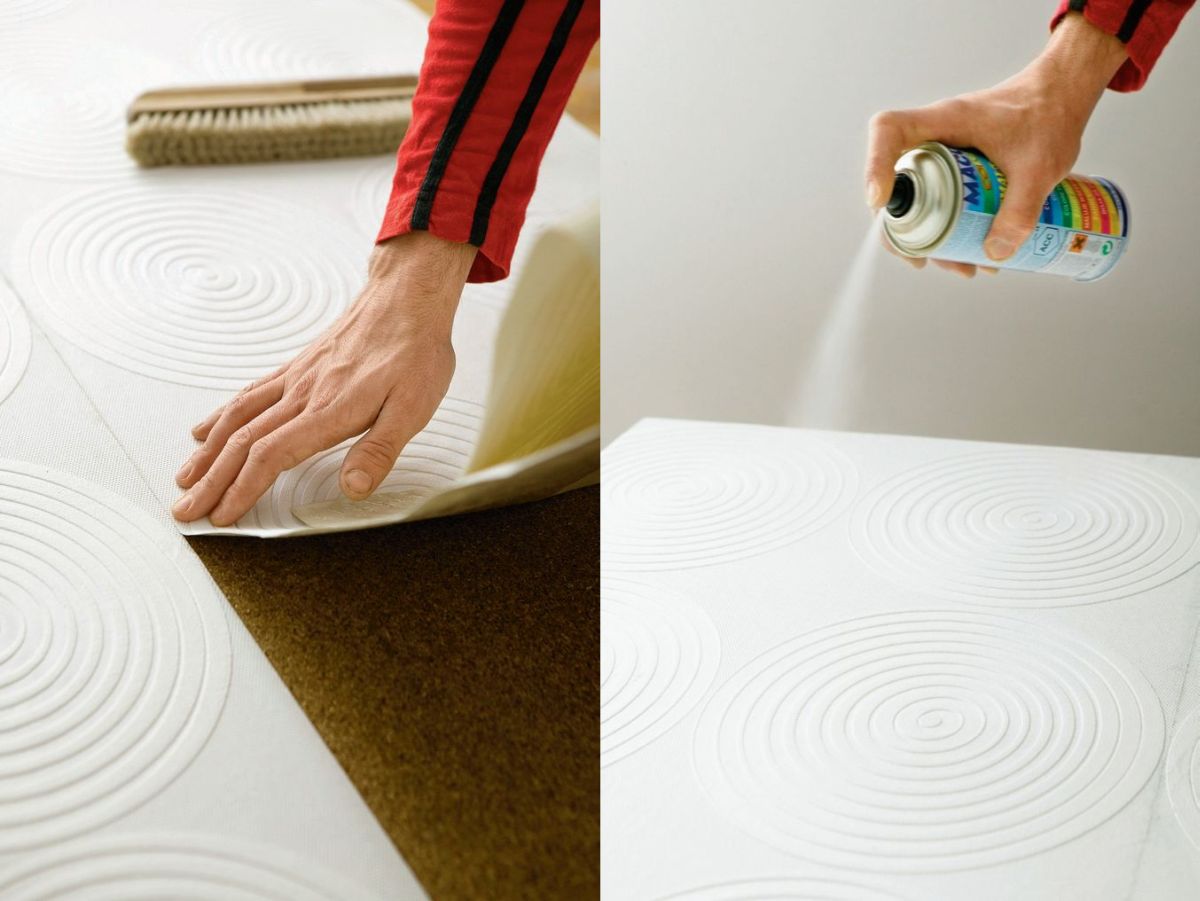 Self-made sliding doors – individually designed surface. The door systems shown here include only door frame elements. Door surfaces, so to fill the framework, you have to design yourself and embed it within the framework. Fillings up to 10 mm will be slid into the grooves of the frame elements. They can be made of plywood, chipboard, glass or mirror. Glass door fillings may be thick 4 mm. They will be held by a special rubber profile.
Self-made sliding doors – individually designed surface. The door systems shown here include only door frame elements. Door surfaces, so to fill the framework, you have to design yourself and embed it within the framework. Fillings up to 10 mm will be slid into the grooves of the frame elements. They can be made of plywood, chipboard, glass or mirror. Glass door fillings may be thick 4 mm. They will be held by a special rubber profile.
The wooden boards used for the fillings can be finished in a variety of ways – veneered, papered, covered with cloth or foil, or, as for our wardrobe, covered with decorative linoleum.
We always finish both sides.
Thin wooden boards, whether, whether from plywood or chipboard, if not processed properly, they can curve and bend to one side. It happens then, as soon as one side is covered with wallpaper or painted. Willing to avoid it, we finish both sides of the board in the same way. To equalize the stresses caused by the moisture coming from the glue on the front side of the board, its back side is covered with wallpaper or cheap, thick wrapping paper, using the same glue. The same is done when covering the door surface with materials or foil.
When buying or ordering elements for door fronts, we have two options. We can buy rails and profiles of standard lengths and cut ourselves to the dimensions corresponding to the wardrobe or leave this work to the supplier.
The standard elements included, for example,. Raumplus system. maximum height of the door can be made 2,75 m and width 121 m. The manufacture of doors with other dimensions requires appropriate shortening or trimming of the elements.
All cabinet doors should be the same width. The long side profiles of the door require holes at their ends to connect the corners. Stencils are used to determine the exact location of the holes, included in the set of elements.
If the door is to be shortened, their side profiles have to be trimmed, according to the angle of the roof, and then connect them with a joint-shaped fitting.
When the door does not reach the horizontal ceiling track, a rail screwed in front of the edge of the permanently fixed shelf of the cabinet serves as the upper door guide. The slider enters this rail. screwed on the back to the inside of the door. A diagonally cut door receives only one guide shoe at the top} If we plan to have the door profiles cut to the appropriate size, a specialized company, you will have to make a detailed drawing of the niche intended for the wardrobe. consistent with its actual dimension.